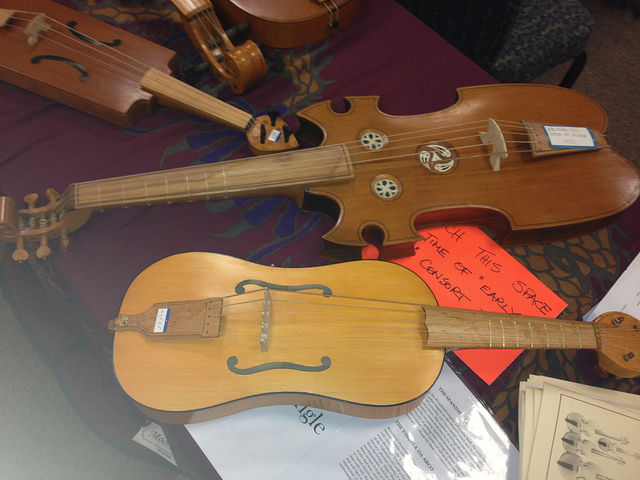Renaissance vs Baroque Music
Understanding the distinction between renaissance and baroque music is essential, as both are categories of the universal phenomenon known as music. Music has its origins in every culture and civilization, and there are millions of people who adore music in various forms, such as being listeners, music players, and enthusiasts of its trends, history, and evolution. For those interested in the history of music and its development, it is crucial to have knowledge about the different eras of music from a chronological perspective. This article offers information on two such eras of Western music: renaissance and baroque music and attempts to analyze the differences between them.
What is Renaissance Music?
Renaissance Music refers to the music written and composed during the Renaissance era. This period in Europe was when art, science, literature, music, intellect, and lifestyle experienced a rebirth. Many significant events occurred, including the rediscovery of ancient Greek and Roman writings and the invention of the printing press. The Renaissance era of music began in 1400 C AD and lasted until 1600 C AD. In the Renaissance, music was composed, mainly improvised, by numerous individuals. Renaissance music featured buoyant rhythms, and medieval counterpoints were further developed by Renaissance composers to create fugues. A new tuning system, well Tempering, was also developed during this period.
What is Baroque Music?
Baroque music refers to music written and composed in the Baroque era, from approximately 1600 AD to 1750 AD. This era was preceded by the Renaissance era and followed by the Classical period. In the Baroque era, music was extensively composed, performed, and is still listened to today. Numerous musical composers were active during the Baroque period, such as Johann Sebastian Bach, George Fredric Handel, Antonio Vivaldi, Alexandro Scarlatti, Domenico Scarlatti, and Henry Purcell. Music written during the Baroque period included various genres such as operas, oratorios, and cantatas for vocals, while fugues, suites, sonatas, and many other genres made up instrumental music. A wide variety of musical instruments was used for Baroque music.
Key Takeaways
- Renaissance music was more constrained compared to Baroque music, but it laid the foundation for Baroque music.
- Baroque musical genres included vocals and instrumentals, but there were more categories than in the Renaissance era.
- Renaissance music had a smooth, regular flow of rhythm, while Baroque music had a metrical rhythm with varied motion.
